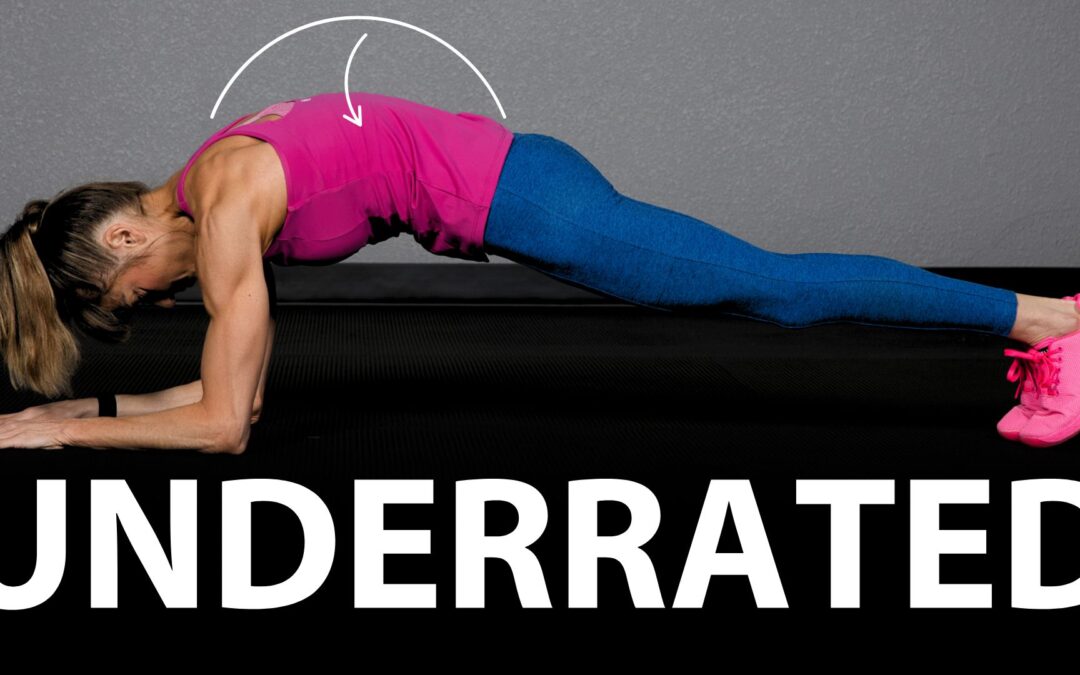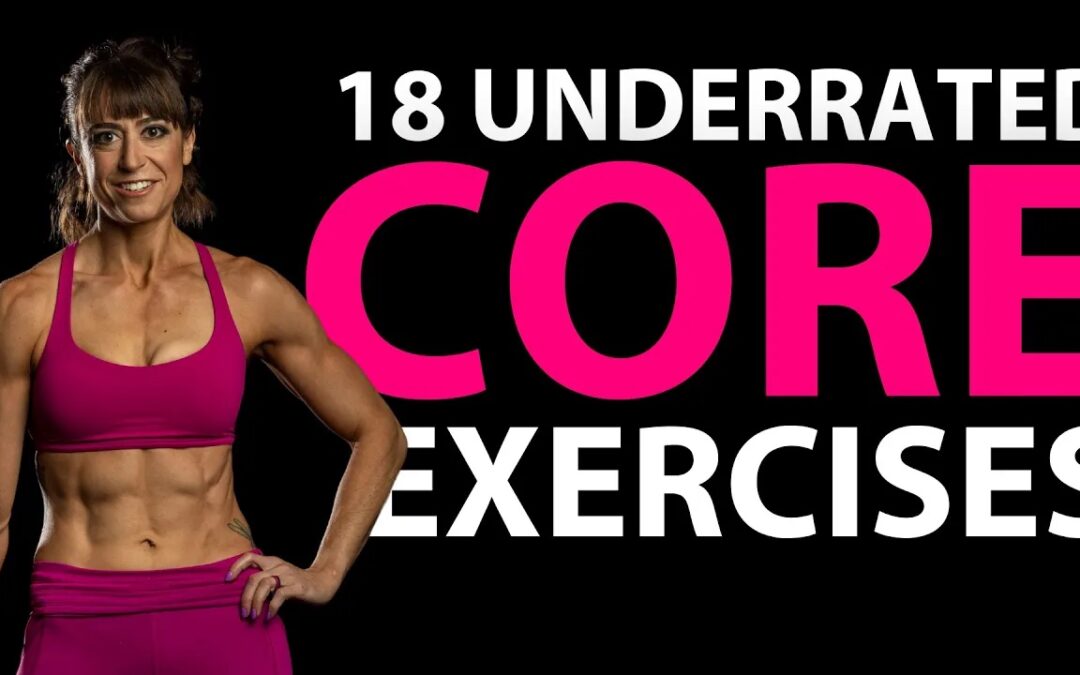
by Cori Lefkowith | Aug 3, 2025 | Blog, Bodyweight, Exercises, Functional Fitness
Planks are an amazing core stability move. And you’re never above that fundamental basic front plank. However, too often we just stick with one variation of an exercise instead of seeing the opportunity in the different options. To progress and build on your plank and...

by Cori Lefkowith | Mar 9, 2025 | Blog, Core, Exercises
One small tweak to a move can be exactly what we need to create progression and take our results to the next level. That’s why I want to show you how just this small change in your bench positioning can progress the basic lower body crunch to challenge those lower abs...

by Cori Lefkowith | Apr 14, 2024 | Blog, Core, Exercises
Teapots have gotten a lot of hate in recent years. But unpopular opinion. I think the hate is unwarranted. They can actually be an amazing move to include in your workout routine when implemented correctly. I say this often but there are no bad exercises… Just misused...

by Cori Lefkowith | Mar 10, 2024 | Blog, Exercises, Functional Fitness
Unpopular opinion… I think Burpees are underrated. You may be like, “WHAAAAT!? I see burpees in everything. They’re overdone!” And while I agree they can be overused, misused and simply put in a workout just to make it harder… I also think they aren’t given their due...

by Cori Lefkowith | Dec 25, 2023 | Blog, Bodyweight, Core, Exercises
Often we fall back into using the same old moves, forgetting all of the options and variations out there. But having different variations of exercises to target the same area can help us create progression through the same but different. It can help us even activate...






